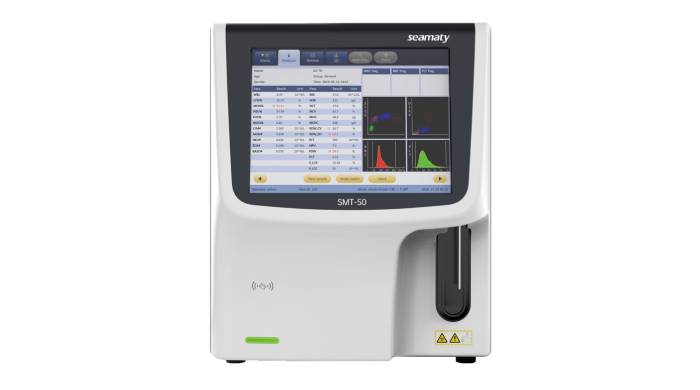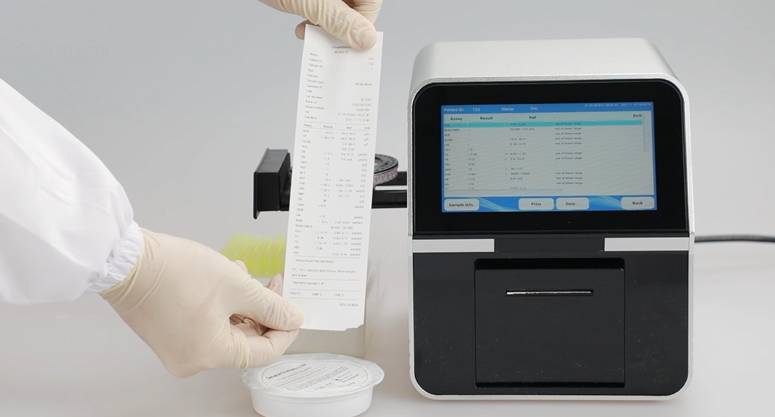release time:2021-11-22 16:41:05
Hemolysis is one of the most common interfering factors in clinical biochemical tests. Hemolysis is the rupture of red blood cells in the blood. The contents of the red blood cells enter the serum. As a result, the concentration or activity of the biochemical test substance is affected.
Common principles of hemolysis affecting biochemical assays
Jaundice is an abnormal color of the specimen due to high bilirubin in the serum. Bilirubin itself is a reducing agent. It neutralizes the oxidizing components of reagents or intermediate reaction products. This can lead to a shortage of reagents or depletion of intermediate products, which can affect the reaction and ultimately the test result.
Common interfered items in biochemical tests.
Biochemical tests rely mainly on the different colors of the products after the reaction. There is a strong absorbance value at a specific wavelength as a way to determine the concentration or activity of the substance being tested. When there is a high level of celiac particles in the blood (lipid blood), it can cloud the specimen. Interference with light scattering, resulting in changes in the final absorbance value, affecting the test results.
Elevated: total bilirubin, total protein, serum potassium, serum sodium, serum chloride, blood glucose, etc.

2022-09-15
The earliest hematology analyzers were based on the principles of capacitance and photoelectric colorimetry. This instrument can only determine red blood cells and white blood cells. And it was susceptible to the interference of many factors.

2022-09-12
Hematology is a branch of medical science that deals with the study of blood, blood-forming organs and diseases. Hematology analyzers are an important part of this field, used to diagnose and monitor conditions like leukaemia, anaemia and sickle cell disease. If you're interested in learning more about hematology analyzers, or want to know which one is best for your needs, read on.

2021-12-03
In our previous blog, we mentioned 5 reasons why biochemistry test results can be inaccurate. But how to avoid these possible factors?Here are some suggested measures.